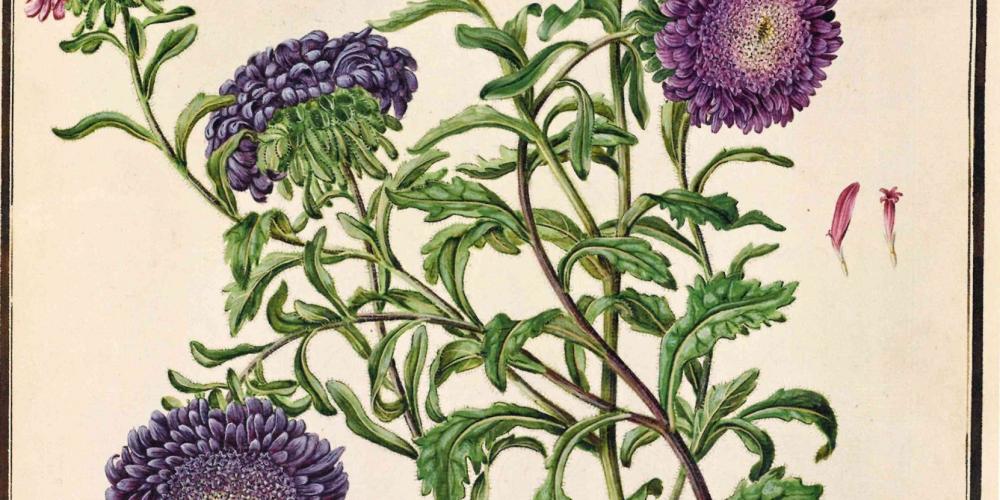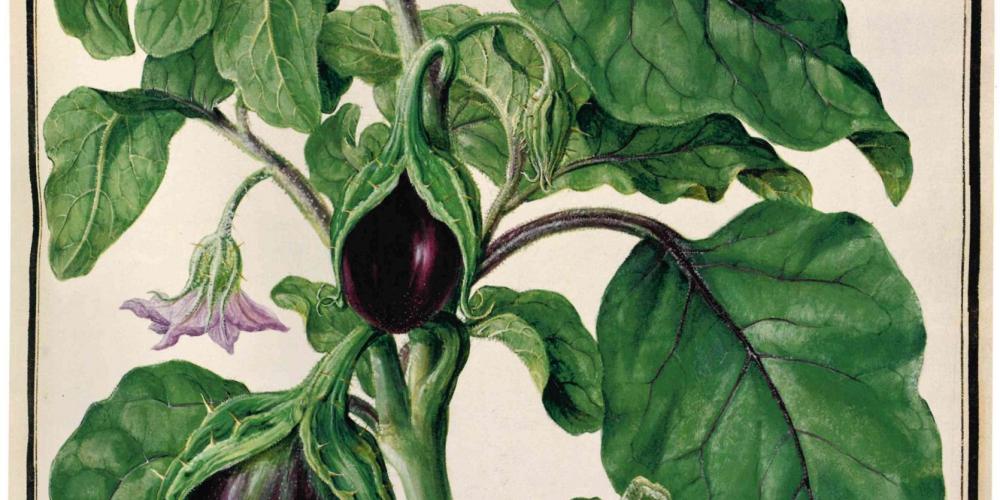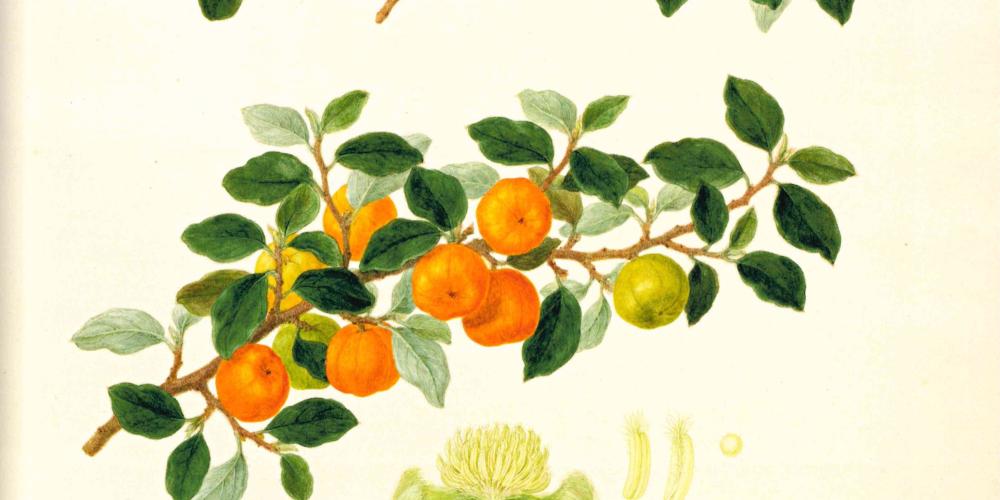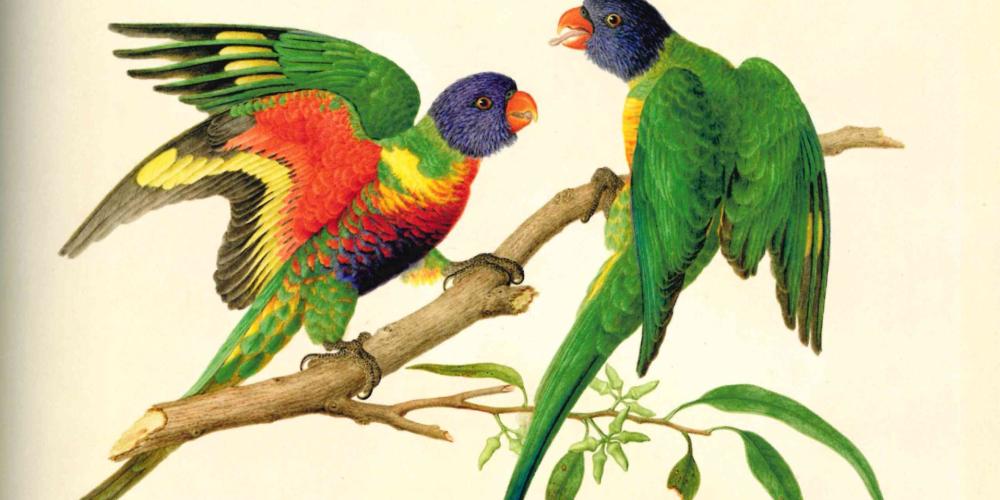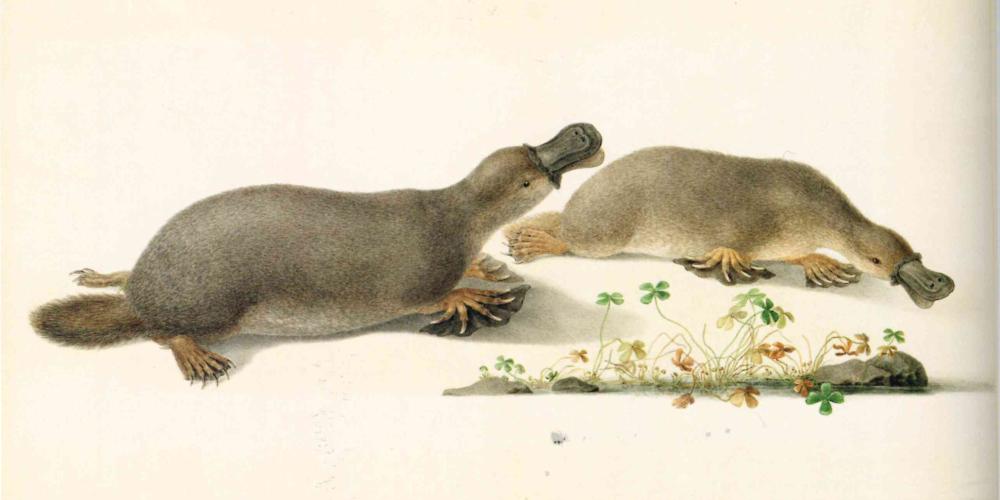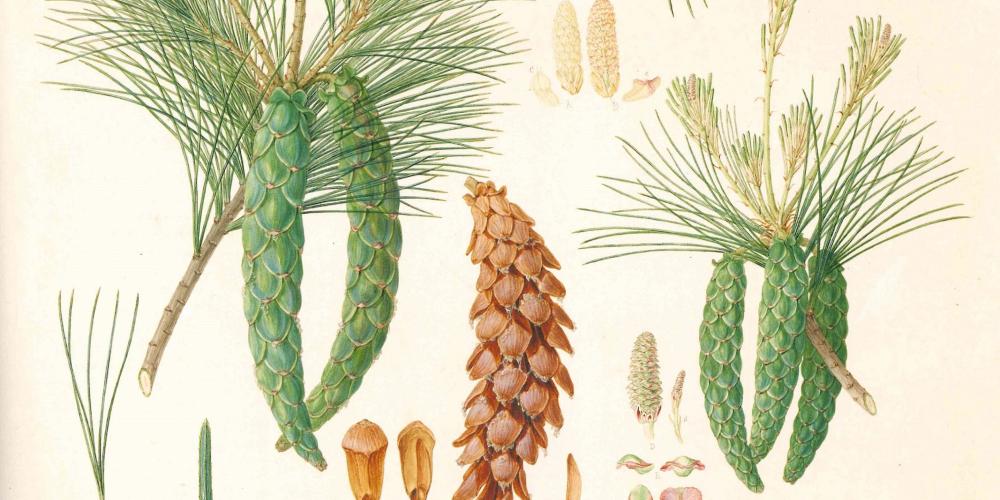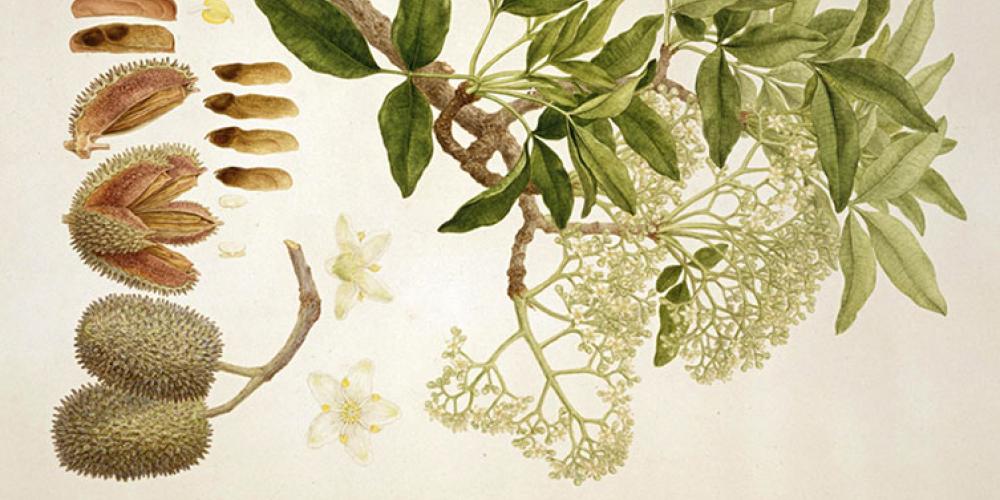The Bauer Brothers and Father Boccius

In 1605, the Order of the Merciful Brothers was established in Valtice (then Feldsberg, Austria), where extraordinary hospital and nursing care (for the time) was provided for the sick and wounded—for both the ruling aristocracy and the common people. One of the most prominent figures in Valtice at the time was Father Boccius, who was the head of the Convent of Merciful Brothers for many years.
Norbertus Adamus Boccius (Father Boccius) was born into a respected medical family in 1731 in Timisoara, in today's Romania. In 1763 he completed his university studies in medicine and surgery in Vienna, with plans to follow in his father’s footsteps as a doctor. That same year he moved to Valtice, where he worked to increase the level of medical care in the region, as well as providing medical education to students. He invested his time in medical collections, establishing gardens of healing plants, and the vineyards and the convent in Valtice. He also recorded his nearly forty years of botanical research in a large collection of botanical specimens and a series of remarkable books, illustrated by the Bauer brothers.
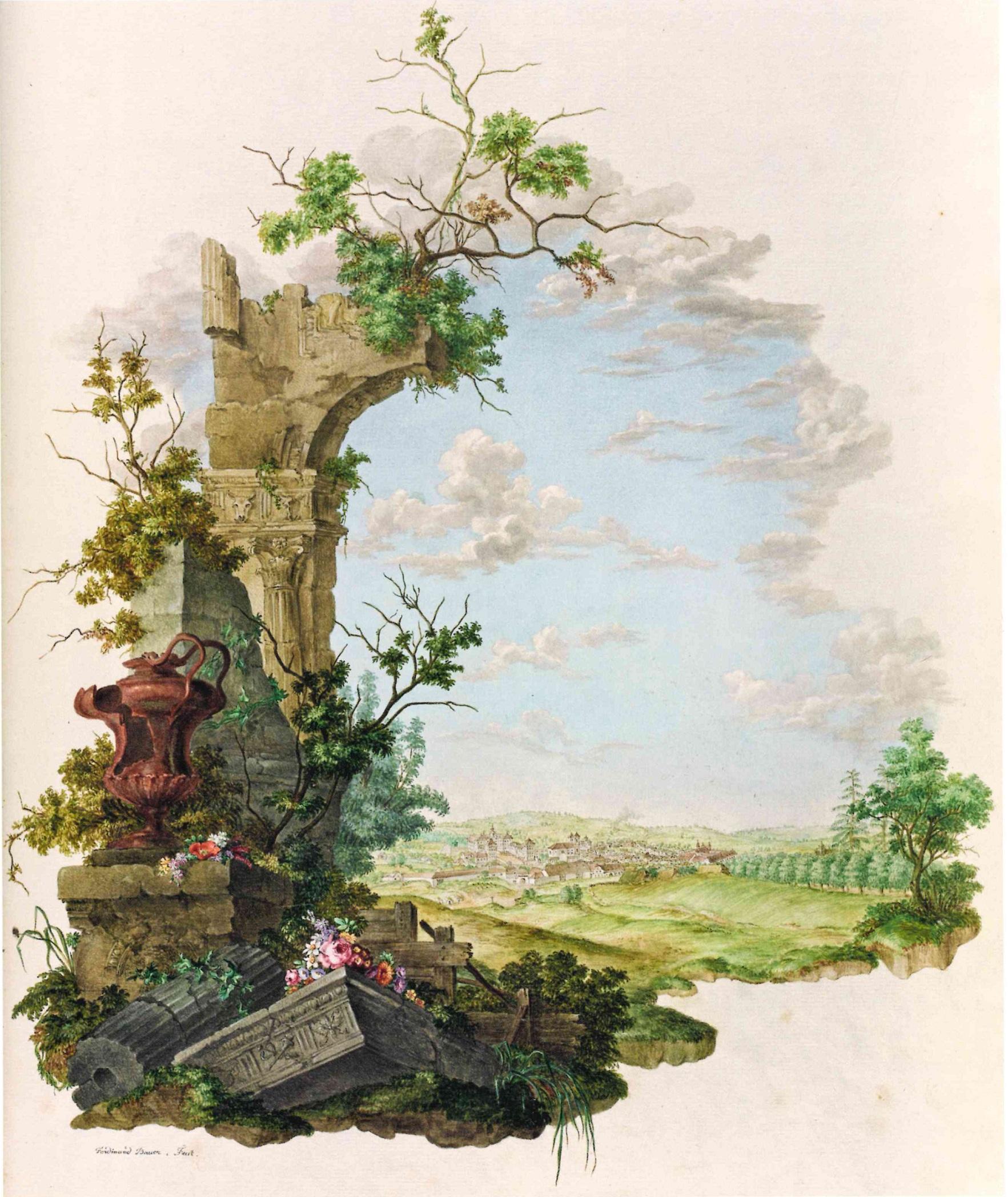
The brothers Joseph (1756-1831), Franz (1758–1840) and Ferdinand (1760–1826) Bauer were born in Feldsberg. Their father Lucas Bauer was the court painter to the Princes of Liechtenstein but died two years after Ferdinand's birth. After the death of their father, Father Boccius became an important figure in the brothers’ lives, providing them with their early artistic training. Thanks to his influence, they later continued their training in Vienna under the supervision of Nikolaus von Jacquin, who was director of the botanical garden at Vienna University.
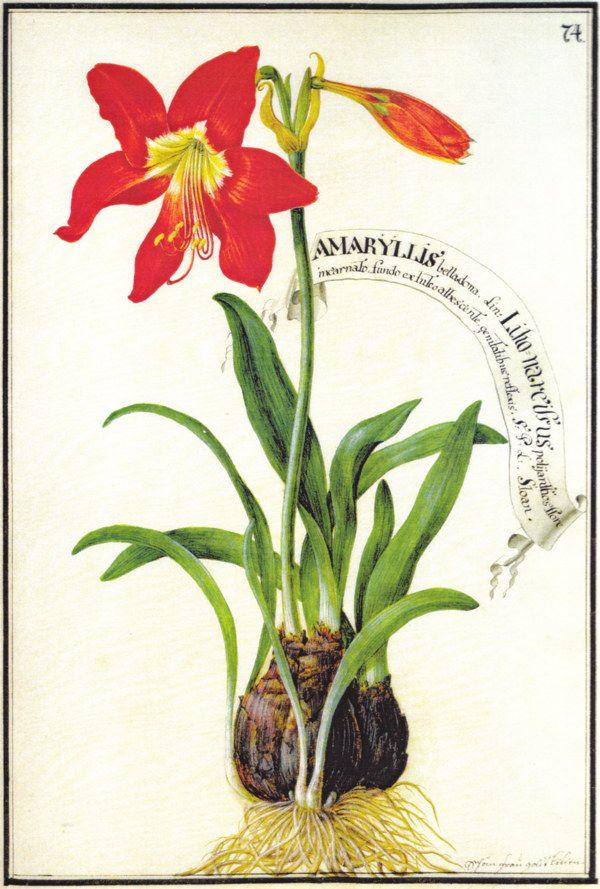
Codex Liechtenstein
In 1777, Father Boccius hired the Bauer brothers to illustrate his unique encyclopedia, Liber regni vegetabilis retinens plantas ad vivum pictas ab admodum reverendo ac venerabili patce Norberto Boccius ord. S. Joannis de Deo actual Priori Feldsbergensi collectae et a Josepho, Francisco et Ferdinando Bauer pictae (the kingdom of preserved plants from the living painted by the dignified and eminent father of Norbert Boccia of the Order of St. John of God, the primate of the Valtice, painted by Joseph, Franc and Ferdinand Bauers). This beautifully illustrated 14-volume manuscript captures 2,748 detailed botanical images painted by the Bauer brothers (and other artists). Liber Regni Vegetabilis (now known as Codex Liechtenstein) was presented by Boccius to Prince Alois I in 1799, who pledged the Liechtenstein's perpetual support to the hospital in return.
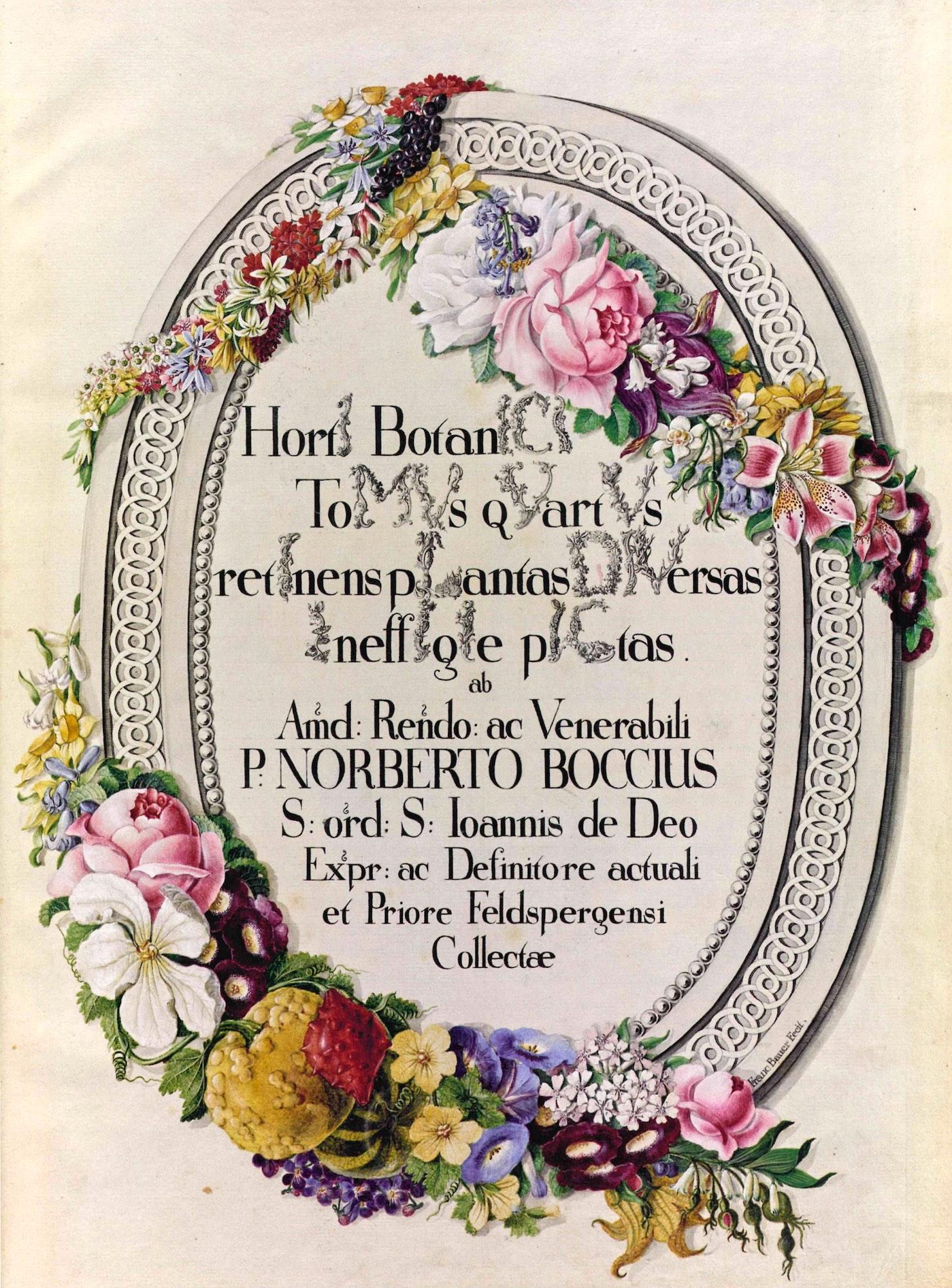
The Codex ended up in the Liechtensteins' library in Vienna and, like the family, survived subsequent upheavals in Europe, including the collapse of the Austro-Hungarian empire and the Second World War. In 1945, the priceless book was smuggled across Austria to the Castle of Vaduz in Liechtenstein.
Lasting legacy
Father Boccius died in 1806 in Valtice, and thanks to his enthusiasm for botany, a gardening and wine-growing school was founded in Valtice, as well as the Faculty of Agriculture. The Order of the Merciful Brothers left Valtice in 1958, but a hospital still exists as its legacy.
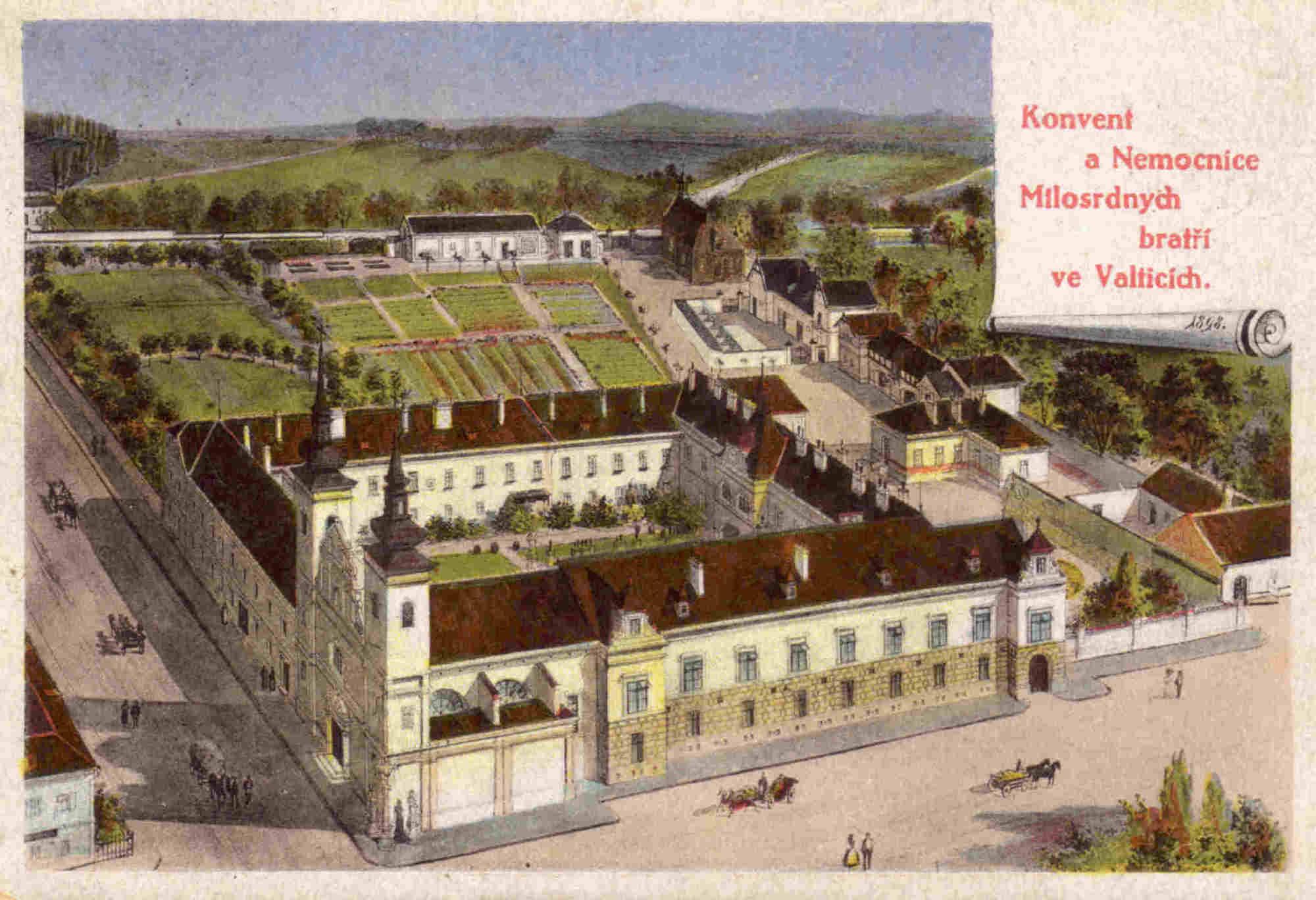
In 1788, Franz Bauer was hired by Sir Joseph Banks as the first resident artist at the Royal Botanic Gardens, Kew in London, where he was to spend the rest of his days. He became a pioneer in his use of microscopes for botanical studies, and his intricate drawings contributed to the classification of orchid species. He died in England in 1840, and around 170 originals are still held in the Natural History Museum in London.
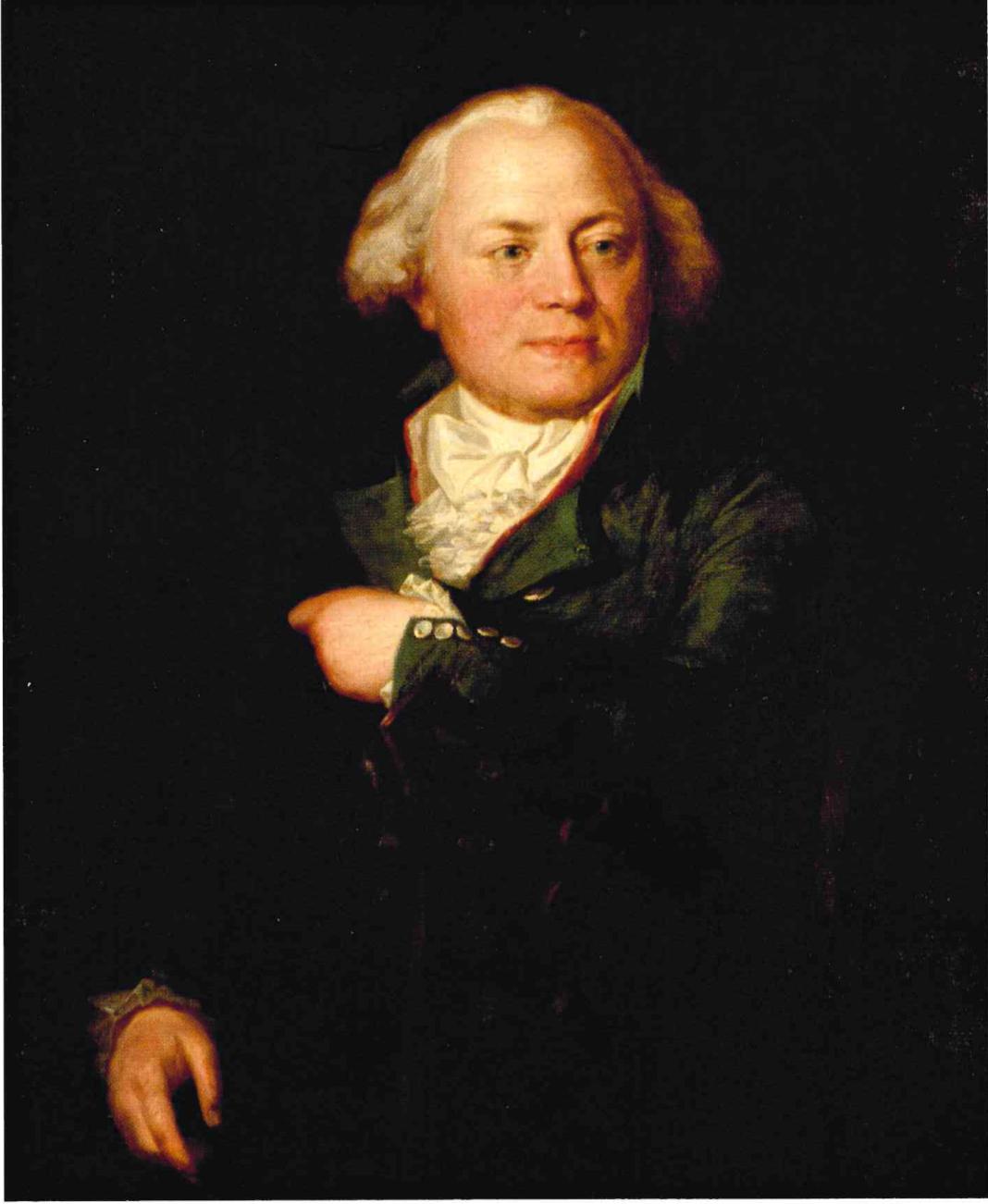
From 1786, Ferdinand Bauer travelled around the world on various botanical expeditions for nearly 25 years. He was hired by Joseph Banks as the natural history artist on the HMS Investigator voyage (1801–1805) on its circumnavigation of Australia. Working in collaboration with the botanist Robert Brown, he brought back to London hundreds of detailed drawings, many of undescribed species, which he used as templates for the finished watercolours now preserved in the Natural History Museum of London.
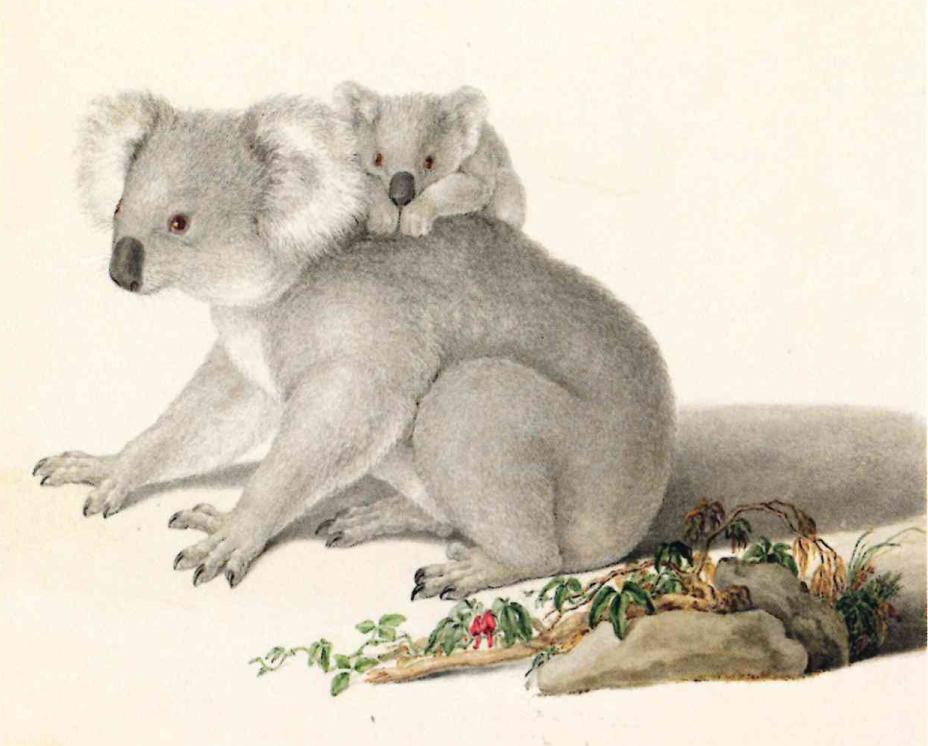
Herb Garden in Valtice
As a tribute to Valtice's famous botanists and to continue its tradition of herb cultivation, the Tiree Chmelar Herb Garden was established by Tiree and Lubomir Chmelar of the USA, and is supported by American foundations. The unique garden is located close to Valtice Castle and features over 300 species of plants and herbs.
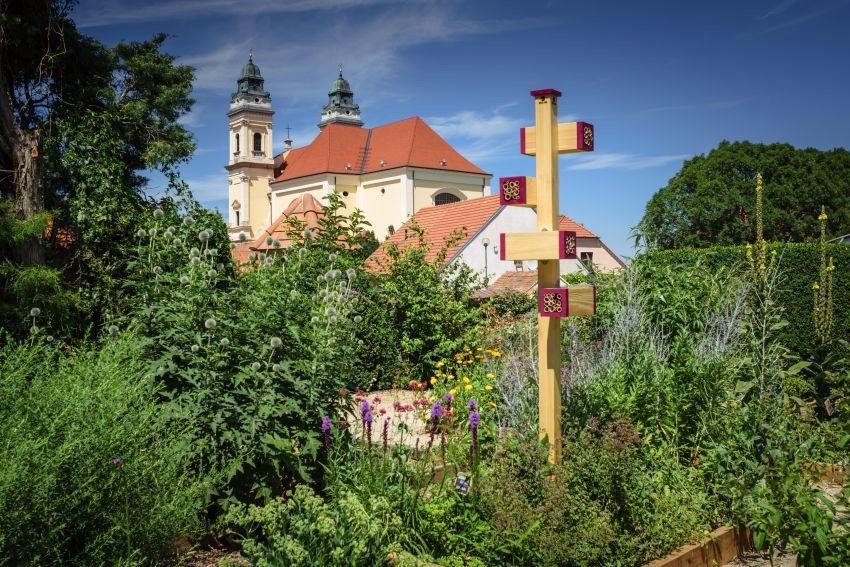
The garden, with its ornamental beds, can be an inspiration for your own flower garden, and children can enjoy the sandbox and water the herbs. Information panels for the beds explain the application of medicinal herbs, describe herbal aphrodisiacs, herbs of legends and mythology, dyer’s herbs, and herbs used in aromatherapy and in the kitchen.
